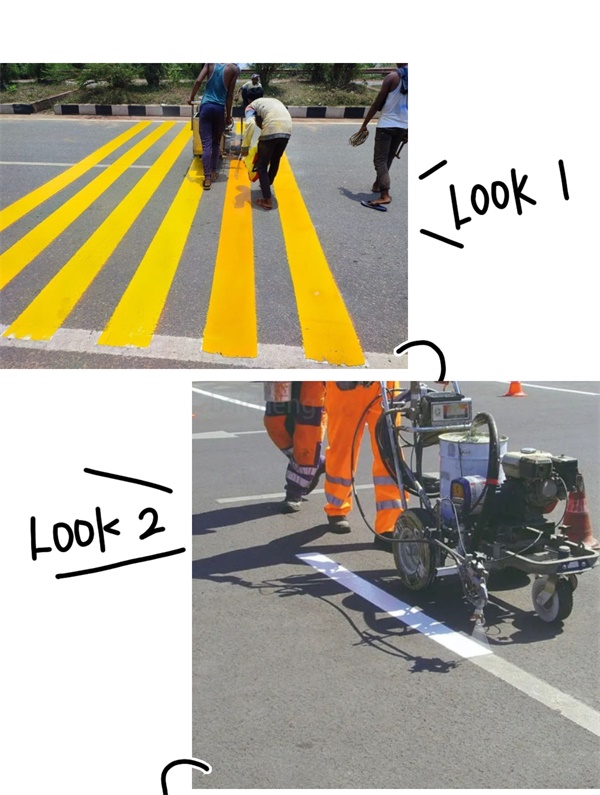路面標示塗料の4種類
Aug 01, 2024種類:
1. 熱可塑性塗料 : このタイプの塗料は、塗布前に溶融状態まで加熱され、冷却時に路面と効果的に接着します。熱を用いて塗布された熱可塑性塗料は、路面と耐久性のある接着力を形成し、交通量の増加や厳しい気象条件にも耐えることができます。
2. コールドプラスチックペイント : コールドプラスチック路面標示塗料は、樹脂ベースと硬化剤からなる2成分系塗料です。優れた接着性、耐久性、そして厳しい気象条件下においても視認性を確保します。コールドプラスチック路面標示塗料は、市街地や横断歩道の路面標示に広く使用されています。
3. エポキシ塗料: エポキシ塗料は、優れた耐久性、耐薬品性、耐摩耗性を備え、駐車場や倉庫などの屋内用途に広く使用されています。耐久性が高く、視認性の高いマーキングを実現します。
4. 水性塗料 : 水性路面標示塗料は環境に優しく、塗布も簡単です。溶剤として水を使用しているため、環境と塗布作業者にとってより安全です。熱可塑性塗料やコールドプラスチック塗料ほど耐久性はありませんが、一時的な標示や交通量の少ない場所に適しています。
構成:
道路標示用塗料は通常、次の 3 つの主要成分で構成されています。
バインダー: バインダーは顔料粒子を結合させ、塗料を路面に接着します。一般的なバインダー材料には、アクリル樹脂、エポキシ樹脂、熱可塑性樹脂などがあります。 樹脂 。
顔料: これらにより、マーキングに色と視認性が提供されます。 反射顔料 夜間や暗い場所での視認性を高めるために、ガラスビーズなどの添加剤を加えることもできます。
溶剤: 溶剤は、塗布中の塗料の粘度を維持し、乾燥を促進するのに役立ちます。環境に配慮した配合では、従来の揮発性有機化合物(VOC)の代わりに水性溶剤が使用される場合があります。
